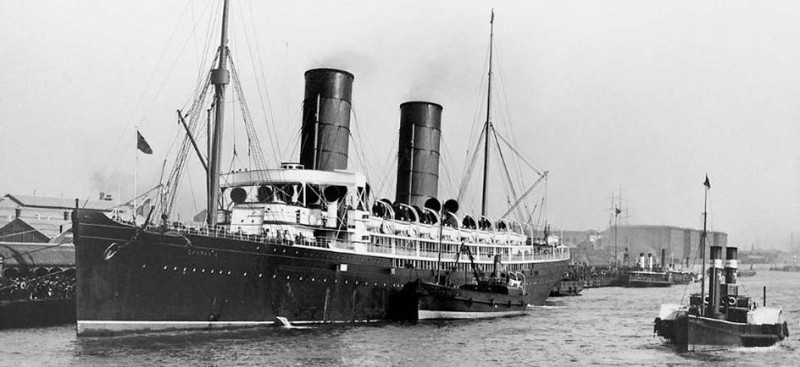300 Years A Port
by Nicola Lisle

Liverpool’s first dock was built 300 years ago, in 1715, and was a major factor in the city’s rapid expansion into a port of national and international importance. already a world player in the oceanic trade, the establishment of the world’s first series of interconnected docks during the 18th and 19th centuries saw Liverpool become second only to London in size and importance. For 200 years, the port of Liverpool held world domination in the cotton and slave trades, was one of the main passenger ports during the mass emigration of the 19th century and played a crucial role in the industrial revolution.

A rapid decline in the 20th century brought an end to Liverpool’s heyday, but it is still one of the busiest ports in the UK, handling over 30m tonnes of cargo annually, and is home to a number of shipping lines, notably the Bibby Line and the Danish-owned Maersk Line. ongoing regeneration of the old docks area into a major tourist, retail and leisure area is helping to ensure that the port continues to thrive.
Subscribe today to read the full article!
Simply click below to subscribe and not only read the full article instantly, but gain unparalleled access to the specialist magazine for shipping enthusiasts.






Comments
Sorry, comments are closed for this item